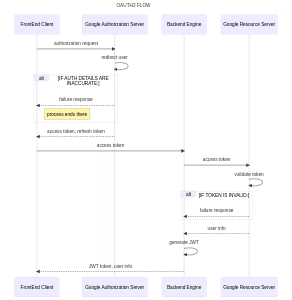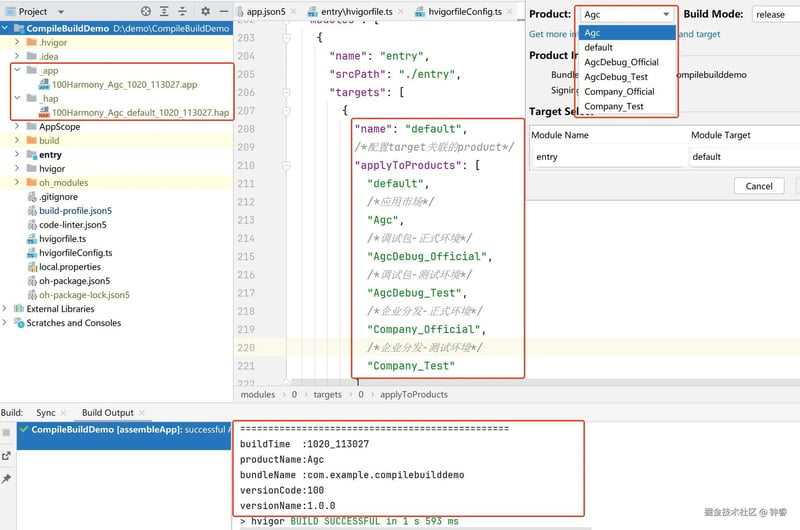Understanding CamelCase, PascalCase, and snake_case in Python Variables
When writing Python code, choosing the right naming convention for variables is crucial for readability and maintainability. This article will explore three common naming styles: CamelCase, PascalCase, and snake_case. We'll also discuss Python’s preferred convention and best practices. CamelCase CamelCase (or lower camel case) is a naming convention where the first word starts with a lowercase letter, and each subsequent word starts with an uppercase letter. Example: myVariableName = "Camel case example" userLoginData = "Another example" While CamelCase is common in other programming languages like Java and JavaScript for variable names, it is not the preferred style in Python. PascalCase PascalCase (or upper camel case) is similar to CamelCase, but the first word is also capitalized. Example: MyVariableName = "Pascal case example" UserLoginData = "Another example" PascalCase is commonly used in Python for class names. Example in Python classes: class MyClass: pass class UserProfile: pass snake_case snake_case is a convention where all letters are lowercase, and words are separated by underscores (_). Example: my_variable_name = "Snake case example" user_login_data = "Another example" In Python, snake_case is the recommended naming convention for variables and function names according to the PEP 8 style guide. Example in function names: def calculate_area(radius): return 3.14 * radius ** 2 Which One Should You Use in Python? Python follows the PEP 8 guidelines, which recommend using: snake_case for variables and function names PascalCase for class names Avoid CamelCase for variable and function names Example Code Following Python Best Practices: class EmployeeDetails: def __init__(self, first_name, last_name): self.first_name = first_name # snake_case for variables self.last_name = last_name def get_full_name(self): # snake_case for function names return f"{self.first_name} {self.last_name}" Conclusion Understanding and using the right naming convention is essential for writing clean, readable, and Python code. Stick to snake_case for variables and function names, and use PascalCase for class names. By following these best practices, you'll ensure consistency and readability in your Python projects.

When writing Python code, choosing the right naming convention for variables is crucial for readability and maintainability. This article will explore three common naming styles: CamelCase, PascalCase, and snake_case. We'll also discuss Python’s preferred convention and best practices.
- CamelCase
CamelCase (or lower camel case) is a naming convention where the first word starts with a lowercase letter, and each subsequent word starts with an uppercase letter.
Example:
myVariableName = "Camel case example"
userLoginData = "Another example"
While CamelCase is common in other programming languages like Java and JavaScript for variable names, it is not the preferred style in Python.
- PascalCase
PascalCase (or upper camel case) is similar to CamelCase, but the first word is also capitalized.
Example:
MyVariableName = "Pascal case example"
UserLoginData = "Another example"
PascalCase is commonly used in Python for class names.
Example in Python classes:
class MyClass:
pass
class UserProfile:
pass
- snake_case
snake_case is a convention where all letters are lowercase, and words are separated by underscores (_).
Example:
my_variable_name = "Snake case example"
user_login_data = "Another example"
In Python, snake_case is the recommended naming convention for variables and function names according to the PEP 8 style guide.
Example in function names:
def calculate_area(radius):
return 3.14 * radius ** 2
Which One Should You Use in Python?
Python follows the PEP 8 guidelines, which recommend using:
snake_case for variables and function names
PascalCase for class names
Avoid CamelCase for variable and function names
Example Code Following Python Best Practices:
class EmployeeDetails:
def __init__(self, first_name, last_name):
self.first_name = first_name # snake_case for variables
self.last_name = last_name
def get_full_name(self): # snake_case for function names
return f"{self.first_name} {self.last_name}"
Conclusion
Understanding and using the right naming convention is essential for writing clean, readable, and Python code. Stick to snake_case for variables and function names, and use PascalCase for class names. By following these best practices, you'll ensure consistency and readability in your Python projects.












































































































































































![[The AI Show Episode 142]: ChatGPT’s New Image Generator, Studio Ghibli Craze and Backlash, Gemini 2.5, OpenAI Academy, 4o Updates, Vibe Marketing & xAI Acquires X](https://www.marketingaiinstitute.com/hubfs/ep%20142%20cover.png)



























































































































![[DEALS] The Premium Learn to Code Certification Bundle (97% off) & Other Deals Up To 98% Off – Offers End Soon!](https://www.javacodegeeks.com/wp-content/uploads/2012/12/jcg-logo.jpg)


![From drop-out to software architect with Jason Lengstorf [Podcast #167]](https://cdn.hashnode.com/res/hashnode/image/upload/v1743796461357/f3d19cd7-e6f5-4d7c-8bfc-eb974bc8da68.png?#)








































































































.png?#)

































_Christophe_Coat_Alamy.jpg?#)
 (1).webp?#)





































































































![Apple Considers Delaying Smart Home Hub Until 2026 [Gurman]](https://www.iclarified.com/images/news/96946/96946/96946-640.jpg)
![iPhone 17 Pro Won't Feature Two-Toned Back [Gurman]](https://www.iclarified.com/images/news/96944/96944/96944-640.jpg)
![Tariffs Threaten Apple's $999 iPhone Price Point in the U.S. [Gurman]](https://www.iclarified.com/images/news/96943/96943/96943-640.jpg)




































































































































